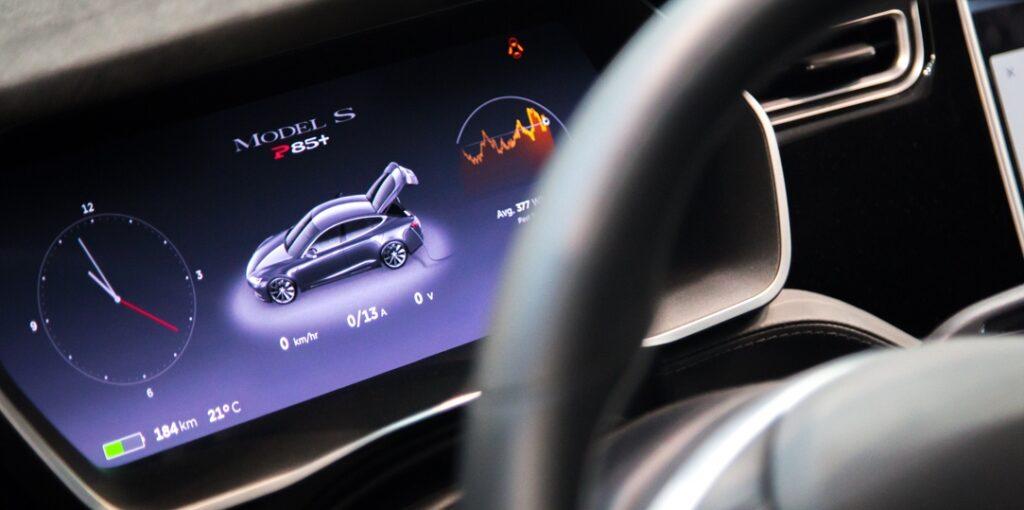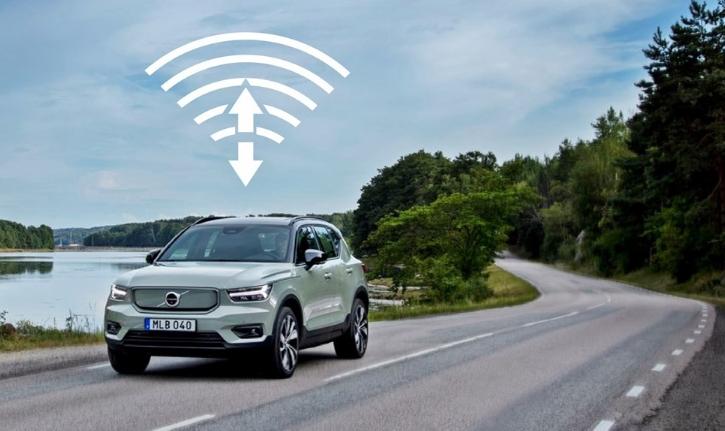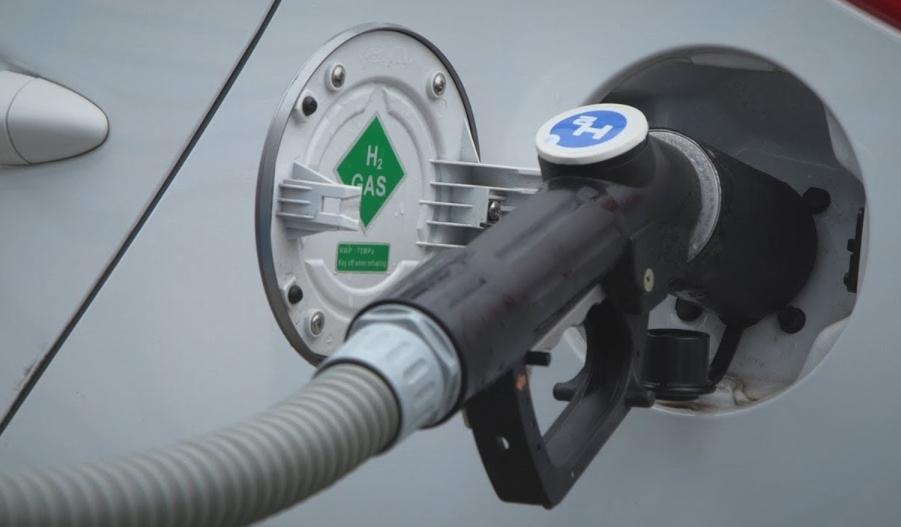The advancement of technology is altering the way we perceive mobility. The automotive industry, in particular, is witnessing an increasing number of inventive solutions that are revolutionizing the way users drive, utilize vehicles, and interact with car manufacturers and other stakeholders in the ecosystem.
TREND 1. The software in the car will be more important than the brand of the vehicle

The growth and significance of automotive software is accelerating at an unprecedented rate, to the point that the majority of features and functionalities in cars of the future will be controlled by software. This transformation will turn traditional, inert vehicles into intelligent and responsive modes of transportation that can analyze vast amounts of data. Consequently, software-defined vehicles (SDVs) will enable the sharing of data for personalization purposes, enhancing user comfort and safety.
The exchange of data will not be limited to individual vehicles and their respective manufacturers. Instead, aggregated information from millions of vehicles can be utilized to provide intelligent mobility services across the entire automotive ecosystem. One example of this is the Gaia-X 4 Future Mobility initiative in Europe, which aims to facilitate seamless connectivity between car users, service providers, manufacturers, and suppliers. This initiative has a wide range of applications, including intelligent traffic infrastructure, vehicle lifecycle management, and digital twins for autonomous vehicles.
TREND 2. Your car will regenerate itself

We are used to updating our phones regularly to eliminate errors and improve usability, trusting service providers that offer these features. Although it may take some time before cars become as self-renewing and flexible as phones, Software Defined Vehicles (SDVs) are expected to evolve in that direction.
The automotive industry provides numerous examples of on-demand services. Many automakers, such as BMW, offer downloadable updates through their My BMW app or a built-in SIM card. Volvo also offers its customers ‘Over The Air (OTA)’ software updates in two phases, with a download phase while the car is in use and an installation phase while the driver is not using the vehicle.
Car manufacturers are exploring the possibility of generating revenue through software updates. Mercedes, for example, has launched an annual subscription service that unlocks enhanced performance features in some of its cars. BMW is also experimenting with subscription services, including heated seats. In a recent interview with Bloomberg, the CEO of CARIAD, a car software company owned by the Volkswagen Group, proposed the idea of charging for autonomous driving as it is used.
TREND 3. Owning a car will be obsolete

The evolution of the way we live and work has led to a reduced need for daily vehicle use thanks to hybrid work models. Additionally, owning a car can be costly and burdensome, especially for younger drivers. As a solution, paying only for the actual usage of a vehicle through subscriptions, car sharing systems, or peer-to-peer rentals is becoming increasingly popular. Experts predict that software-defined cars will play a major role in the future of these types of services.
Car leasing has been a popular alternative to owning a vehicle for years, offering shorter and more flexible terms of use that often include insurance and maintenance. Automakers like Audi, Lexus, Nissan, Porsche, and Volvo have already started exploring subscription models. Third-party companies, such as car rental services, are also extending their services to subscriptions. Some startups, like Borrow, are planning to focus on electric vehicle subscriptions. Moreover, companies like GetTransfer.com offer mixed mobility subscription models that combine car, helicopter, and plane rental and transfer services.
TREND 4. Your car will make an appointment with a mechanic before you even notice the problem

In the upcoming years, cars will leverage the power of the Internet of Things (IoT) to send real-time diagnostic information that will be utilized to plan preventative maintenance schedules. Using feedback from sophisticated artificial intelligence (AI) based analysis, the vehicle will be able to alert the workshop or dealer of potential problems. Diagnostic data will be available to mechanics before the car even arrives, making it easier to order the necessary components beforehand. This cutting-edge technology will reduce the need for car owners to detect and report maintenance issues, ultimately increasing road safety.
An instance of this is Rivian, the US-based electric car maker that provides extensive remote diagnostic capabilities via a connected vehicle platform. Their onboard sensors and predictive algorithms can proactively identify most problems.
Furthermore, manufacturers will aggregate data from individual cars into an error and maintenance log. As the amount of data increases over the coming years, manufacturers will be able to identify trends more accurately and detect problems earlier in the vehicle life cycle.
TREND 5. Tomorrow’s cars will run on hydrogen

The market for electric vehicles (EVs) is expanding rapidly worldwide. In China, the largest automotive market globally, electric vehicles already represent 21% of the total market. Consulting firm AutoForecast Solutions predicts that by 2029, EVs could make up one-third of the North American market and about 26% of all vehicles produced globally.
The demand for energy and raw materials, as well as the increasing costs of EV batteries, waiting times for cars and parts, and the challenge of scaling the charging infrastructure in line with demand, are already hindering the rapid growth of the electric vehicle sector. In several cities worldwide, drivers have to wait for more than an hour to charge their vehicles at public charging points.
SDVs have the potential to address some of the issues related to the demand for energy and raw materials, rising costs of EV batteries, long waiting times for cars and parts, and the lack of adequate charging infrastructure. However, the search for viable alternatives to power these vehicles is ongoing. The DLR Institute for Vehicle Concepts in Stuttgart, Germany, has conducted initial tests on a hydrogen fuel cell for cars. Results suggest that a vehicle with a 6.3 kg hydrogen tank can produce around 100 kWh of electricity, which is approximately the same as the monthly energy consumption of a single-person household.
The increasing software-defined nature of vehicles suggests that alternative fuel sources will continue to evolve across the automotive industry, from cars to trucks. As the industry moves towards SDVs, car manufacturers must adapt to the changing landscape. However, there is a significant shortage of skilled software engineers worldwide, despite the eagerness of manufacturers to hire them. To address this challenge, one solution is to partner with established brands with extensive experience in the software industry. CARIAD, for instance, is collaborating with Luxoft, a DXC company, to train thousands of software engineers to provide top-notch service to automotive customers across all Volkswagen brands.
As we enter 2023, the automotive industry faces global challenges such as high fuel prices, inflation, and potential recessions in some markets. These challenges have a significant impact on consumers and the industry as a whole. The shift towards software-defined vehicles is reshaping every aspect of the automotive industry, including design, production, usage, service, and integration within an expanding automotive ecosystem. While this is an exciting time full of opportunities, it also presents significant challenges.
